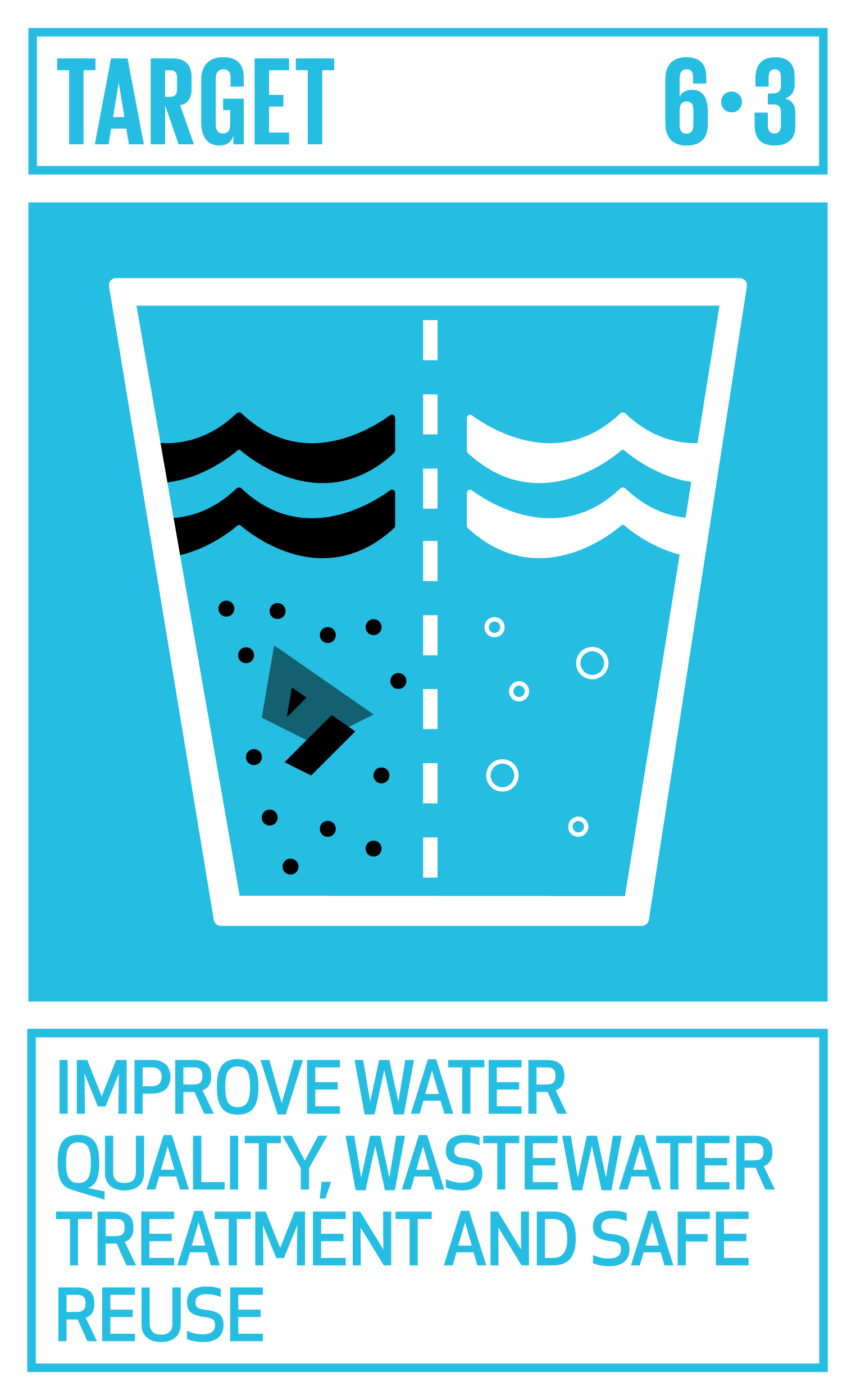
Clean, accessible water for all is an essential part of the world we want to live in and there is sufficient fresh water on the planet to achieve this. However, due to bad economics or poor infrastructure, millions of people including children die every year from diseases associated with inadequate water supply, sanitation and hygiene.
Water scarcity, poor water quality and inadequate sanitation negatively impact food security, livelihood choices and educational opportunities for poor families across the world. At the current time, more than 2 billion people are living with the risk of reduced access to freshwater resources and by 2050, at least one in four people is likely to live in a country affected by chronic or recurring shortages of fresh water. Drought in specific afflicts some of the world’s poorest countries, worsening hunger and malnutrition. Fortunately, there has been great progress made in the past decade regarding drinking sources and sanitation, whereby over 90% of the world’s population now has access to improved sources of drinking water.
To improve sanitation and access to drinking water, there needs to be increased investment in management of freshwater ecosystems and sanitation facilities on a local level in several developing countries within Sub-Saharan Africa, Central Asia, Southern Asia, Eastern Asia and South-Eastern Asia

The Challenge
Every year millions of people, most of them children, die from diseases associated with inadequate water supply, sanitation, and hygiene. It is estimated that by 2050, more than half of the world’s population will live in water stressed regions, as per researchers at MIT. More than two and a half billion people have gained access to improved drinking water sources since 1990, but 663 million people are still without. Between 1990 and 2015, the proportion of the global population using an improved drinking water source increased from 76% to 91%, however, each day, nearly 1000 children die due to preventable water and sanitation-related diarrhoeal diseases.

Why is this important?
Clean water is critical to survival, and its absence can impact the health, food security, and livelihoods of families across the world. Although our planet has sufficient fresh water to achieve a regular and clean water supply for all, bad economics and poor infrastructure can skew supply unfavourably. Drought afflicts some of the world’s poorest countries, worsening hunger and malnutrition. Floods and other water-related disasters account for 70% of all deaths related to natural disasters. Global goals and national priorities on reliable energy, economic growth, resilient infrastructure, sustainable industrialisation, consumption and production, and food security, are all inextricably linked to a sustainable supply of clean water. Hydropower is one of the most crucial and widely-used renewable sources of energy and as of 2011, represented 16% of total electricity production worldwide.


Targets
- By 2030, achieve universal and equitable access to safe and affordable drinking water for all.
- By 2030, achieve access to adequate and equitable sanitation and hygiene for all and end open defecation, paying special attention to the needs of women and girls and those in vulnerable situations.
- By 2030, improve water quality by reducing pollution, eliminating dumping and minimising release of hazardous chemicals and materials, halving the proportion of untreated wastewater and substantially increasing recycling and safe reuse globally.
- By 2030, substantially increase water-use efficiency across all sectors and ensure sustainable withdrawals and supply of freshwater to address water scarcity and substantially reduce the number of people suffering from water scarcity.
- By 2030, implement integrated water resources management at all levels, including through transboundary co-operation as appropriate.
- By 2020, protect and restore water-related ecosystems, including mountains, forests, wetlands, rivers, aquifers and lakes.